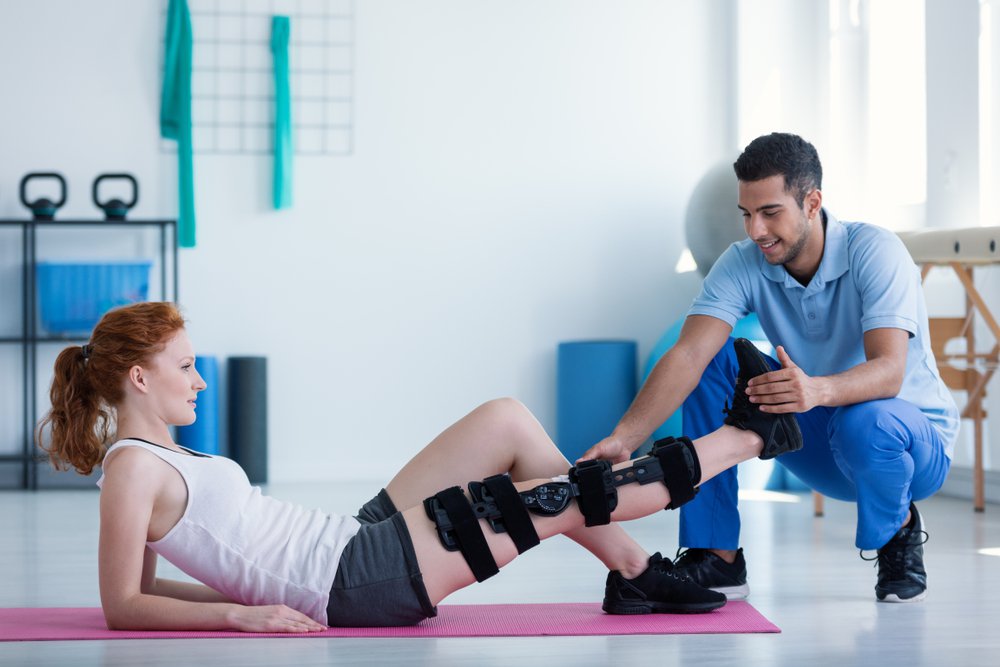Investigating the Effect of Manual Therapy Methods on Alleviating Muscle and Joint Pain and Improving Client Outcomes
Investigating the Effect of Manual Therapy Methods on Alleviating Muscle and Joint Pain and Improving Client Outcomes
Blog Article
Manual therapy techniques are hands-on methods used by healthcare providers to address musculoskeletal pain. These techniques include different types of manipulation and movement of the human muscles and articulations. The goal of hands-on treatment is to alleviate discomfort, improve mobility, and boost overall performance. Numerous people experience muscle and joint pain due to trauma, suboptimal alignment, or conditions like joint inflammation. By using hands-on therapy, therapists aim to address these concerns and help patients recover their quality of life.
One common manual therapy technique is spinal adjustment. This method involves applying controlled force to the spine to improve alignment and reduce pain. Studies has shown that spinal manipulation can be effective in managing lumbar spinal discomfort and cervical discomfort. Another technique is gentle connective tissue manipulation, which focuses on relieving tension in the muscles and soft structures. This can help reduce stiffness and improve flexibility, making it easier for patients to navigate without pain. Both methods can be tailored to meet the individual requirements of each client, ensuring a custom method to care.
In furthermore to pain alleviation, manual therapy can enhance client results in multiple ways. For instance, it can improve circulation, which helps supply oxygen and nutrients to the injured regions of the system. Improved blood flow can also promote healing and reduce swelling. Additionally, manual therapy can help clients develop enhanced body awareness, which is essential for preventing future injuries. By Get More Information understanding how their bodies function, patients can make more informed decisions about their movements and posture, leading to sustained benefits.
The effectiveness of manual therapy is often backed by client responses. Numerous individuals indicate notable improvements in their pain levels and overall performance after undergoing care. This positive reaction can lead to increased motivation for patients to participate in rehabilitative exercise and rehabilitation exercises. When patients feel better, they are much likely to engage in their rehabilitation journey, which can additionally improve their results. This cooperative approach between the therapist and the patient is essential for attaining enduring outcomes.
In conclusion, manual treatment methods play a vital role in relieving muscle and joint discomfort and enhancing client outcomes. By using techniques such as vertebral manipulation and soft tissue mobilization, medical providers can help clients regain movement and reduce pain. The advantages of manual therapy go further than instant discomfort alleviation, as it also encourages healing and encourages clients to take an proactive role in their rehabilitation. As an increasing number of individuals look for effective treatments for muscle and joint concerns, manual treatment remains to be an essential option in the field of medicine.